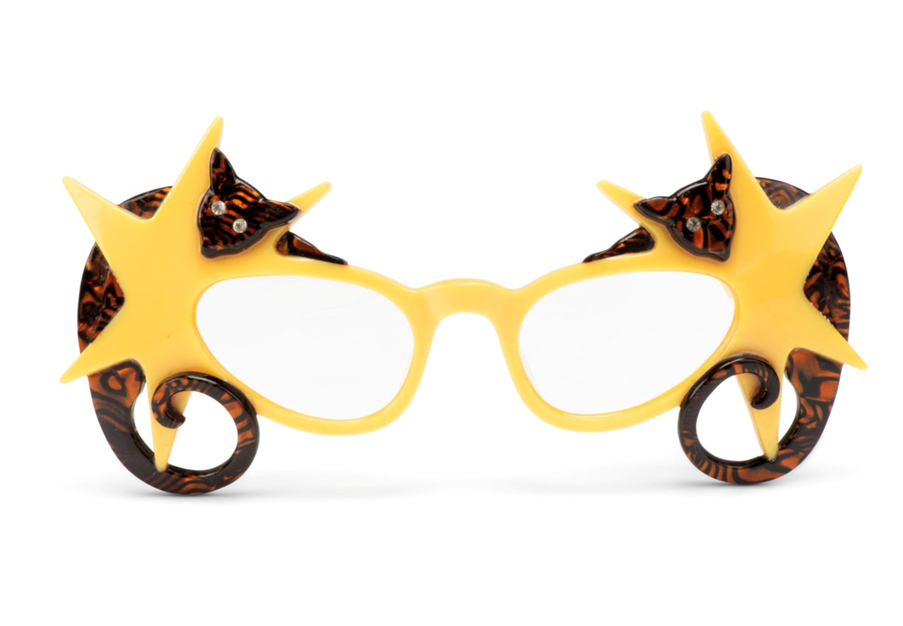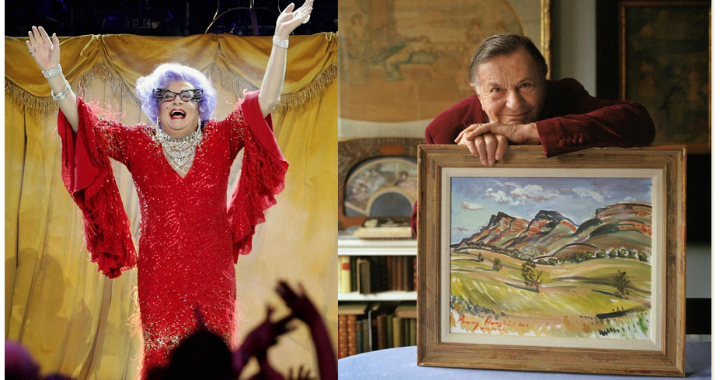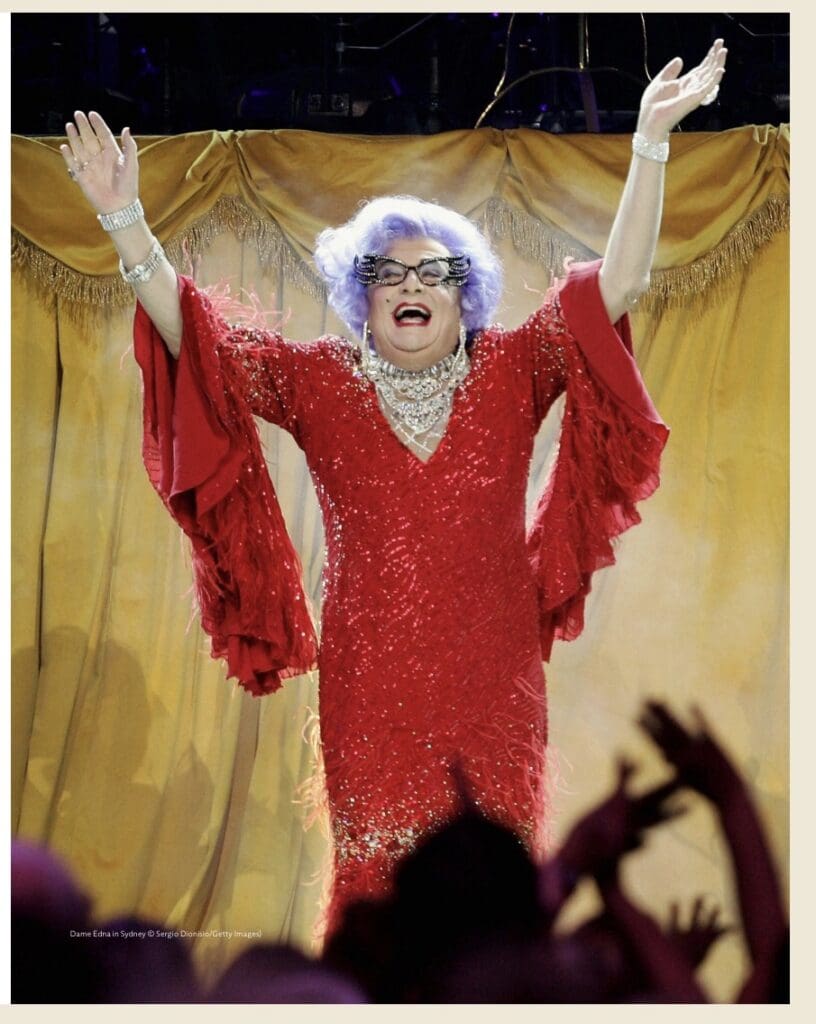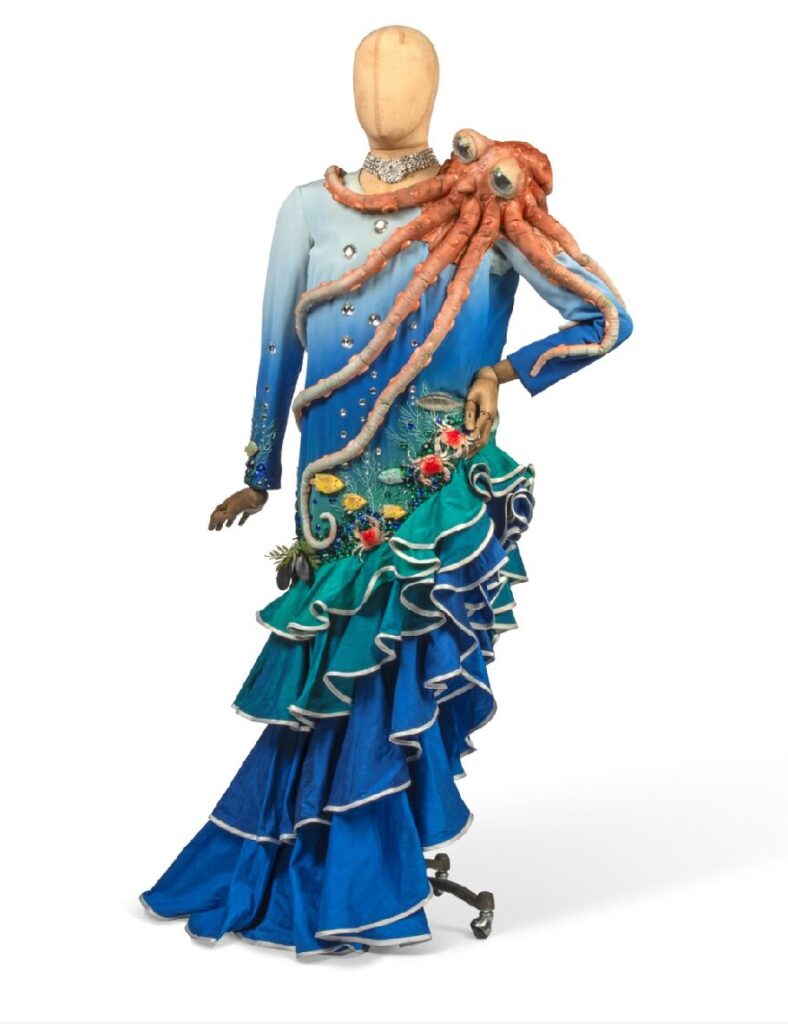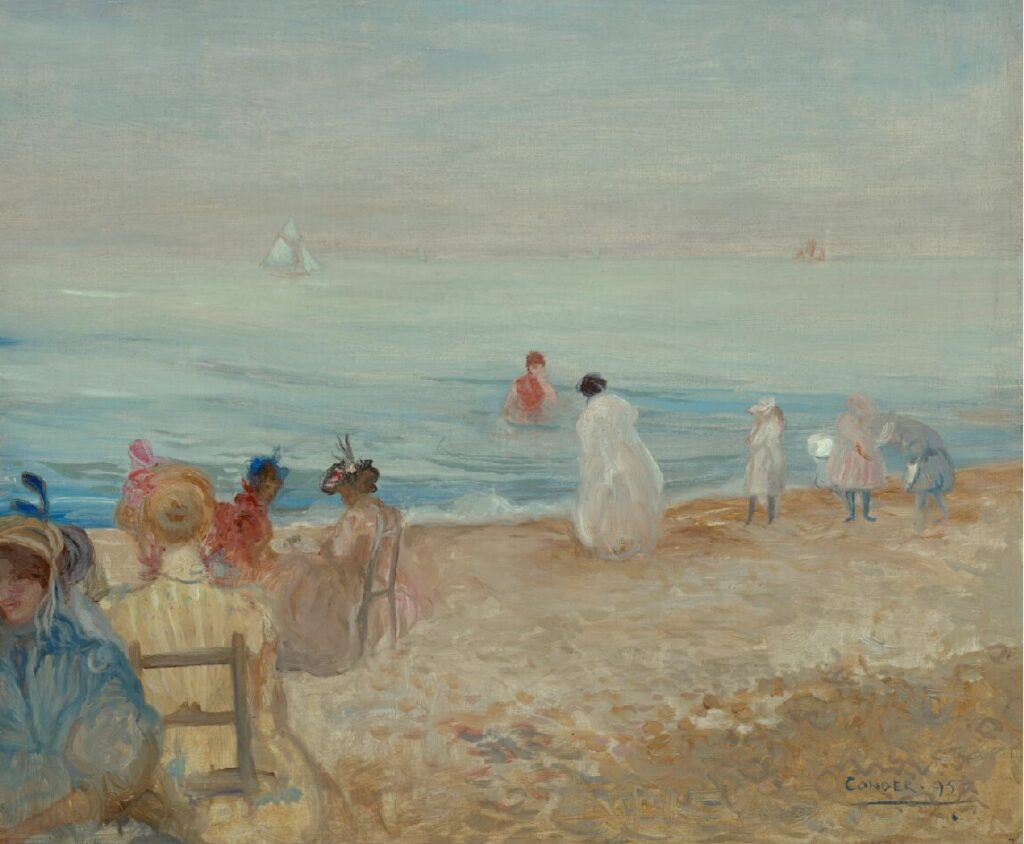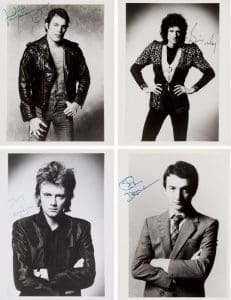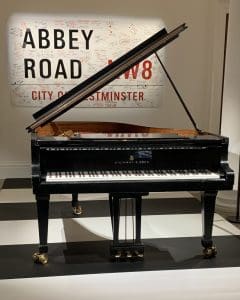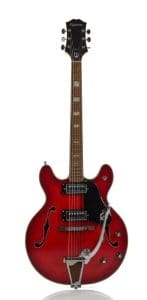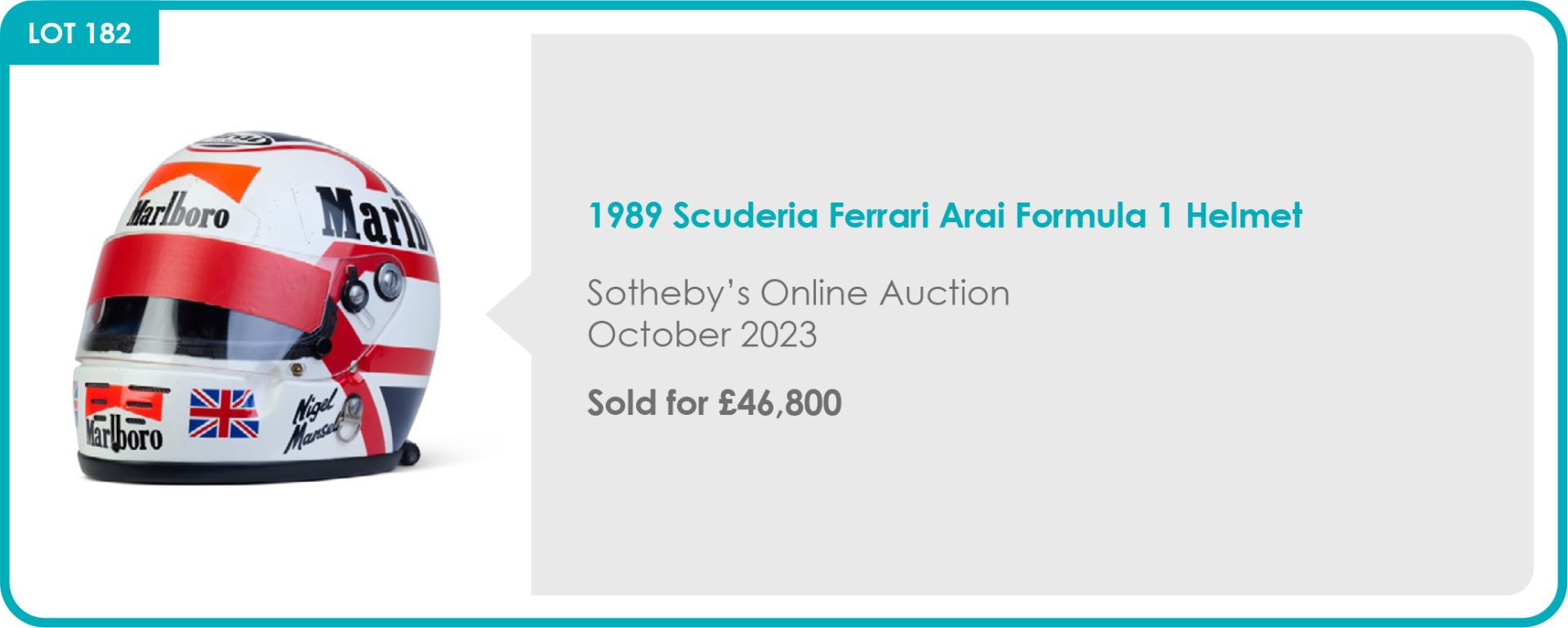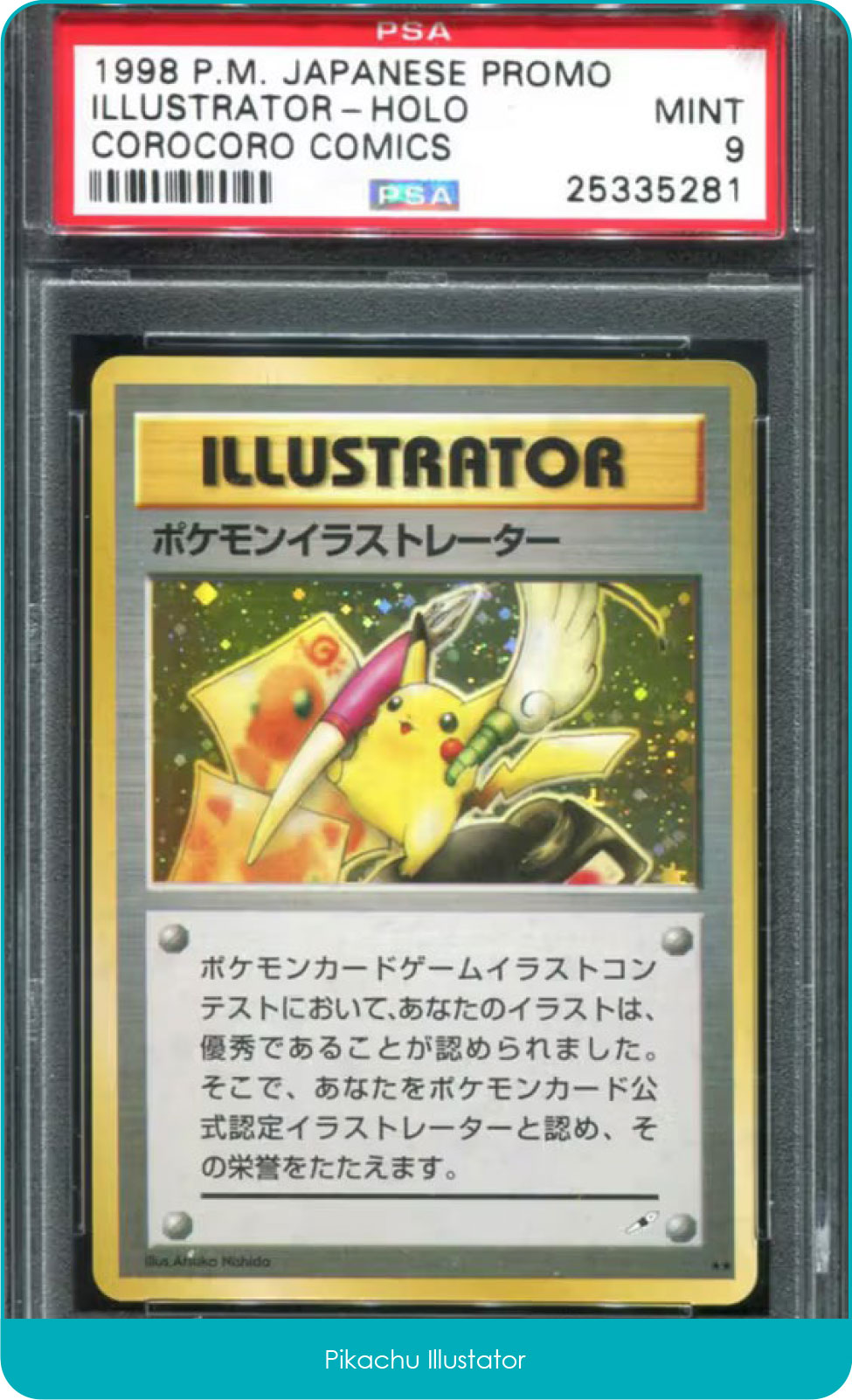British Summer is here – time for strawberries and cream as sports fans head to the All England Lawn Tennis and Croquet Club for the most historic tournament in the tennis calendar – the 2024 Wimbledon Championships have arrived.
With Wimbledon and tennis in mind we will be looking at the sports history, and some of the most interesting pieces relating to tennis on the open market in recent years.
Tennis has a fascinating and long history dating back over 800 years. The sport can be traced back to 12th century France, and the game jeu de paume. Players of this earliest form of the game used their hands to hit the ball.
European Monarchs took to the sport and courts could be found throughout the continent with courtiers and Royalty competing. Louis X enjoyed it and is one of the earliest known players the game of the palm. During the 15th century, tennis courts could be found in the Burgundian court and several of the Italian courts.
The sport we would today describe as ‘Real tennis’ (or ‘court tennis’ and ‘royal tennis’) – can be seen as the closer precursor to the modern sport of Lawn Tennis. The racquet become a key component of the game, having been introduced from the 16th century.
British monarch, Henry VII and later Henry VIII both played Real Tennis. In 1530 Henry VIII had a court built at Hampton Court, and enjoyed playing at a number of his other palaces. French monarchs Francois I and Henry II were also notable early players.
A series of Old Master paintings illustrate the growth of tennis in Royal palaces. During the 16th century Flemish painter Lucas Gassel (c.1485 – 1568/9) produced a number of works on the Biblical theme ‘Episodes from the story of David and Bathsheba’. These works are unusual for their inclusion of then modern sporting pastimes within the landscape. One such example was sold at auction by Bonhams in July 2011 (Lot 114, Old Masters, 6th July 2011) – The grounds of a Renaissance palace with episodes from the story of David and Bathsheba. The work features one of the earliest depictions of a tennis court – with a rope for a net and tiled floor. Coincidentally the painting also includes another game in progress – an early form of croquet! The work eventually achieved £624,000 (including BP) no doubt due to the important sporting history.

The earliest known book relating to the tennis, Trattato del giuoco della palla, was written by Italian Antonio Scaino Da Salo (1524-1616) and first published in 1555. The text, written in three parts, occasionally appears on the open market. In November 2013, Christies London sold a copy bound in a single volume for £11,875.

Despite tennis’s reputation as the ‘Sport of Kings’, by the early 19th century it had fallen out of fashion – and had been declining in Britain since the days of Puritan rule during the Interregnum.
The later games of rackets, fives and badminton all helped form the creation of tennis today.
The modern game of Lawn Tennis, or simply ‘tennis’ as we called it was developed in the mid 19th century. Its invention is often credited to Major Walter Clopton Wingfield, who from 1874, sold sets that included all the equipment needed to play the sport.
More recently friends Major Thomas Henry Gem (known as Harry Gem) a solicitor, writer and soldier from Birmingham and Juan Bautista Luis Augurio Perera Orfila (known as Augurio Perera) a Spanish born merchant who had lived in the West Midlands since the age of four, have been credited as forerunners to Wingfield.
The pair played the game of ‘rackets’ locally and having become frustrated by the cost and complexity decided to make some alterations. Modern research suggest they began experimenting in 1859.
The pair chose to play their game outdoors on Perara’s croquet lawn, with rules developed from similar games. They founded (alongside two local doctors) the Leamington Club in 1874 (renamed the Leamington Lawn Tennis Club) – the first lawn tennis club.
Major Walter Clopton Wingfield was a Welsh army officer and inventor – importing bouncing rubber balls from Germany as part of his sets was a notable development. His game – originally called Sphairstike, was ideal for those who owned a croquet lawn. The sets he created included all the equipment required to play tennis and directly led to the popularity of lawn tennis.
Wingfield’s very early sets were retailed by French and Co. and have occasionally appeared at auction. In October 2019 ‘Sphairistike or Lawn Tennis’ set was sold at Shropshire auctioneers Trevanion and Dean. The remaining contents included three rackets manufactured in 1874 and was estimated at £3,000 – 5,000, eventually selling for a hammer price of £17,000.

The All England Lawn Tennis and Croquet Club opened in Wimbledon during July 1868 simply called All England Croquet Club. Lawn tennis was introduced in 1875 with the first gentlemen’s competition being held in July 1877 – resulting the following year in a name change to included lawn tennis.
Memorabilia relating to these early days of Wimbledon is rare and pieces highly sought by collectors. In September 2021 a programme for the tournament held at All England Croquet and Lawn Tennis Club Wimbledon on 5th to 12th July 1880 was sold at Graham Budd Auctioneers. Carefully inscribed on the back page with the winners of each match it sold for a hammer price of £6,500.

This year marks 140 years since the first Wimbledon Ladies Singles and Gentlemen’s doubles tournaments held in 1884.
By the late 19th century Lawn Tennis had become popular internationally and tournaments were being held in globally. A poster recently sold by Swann Auction Galleries in New York was described as the “first American tennis poster promoting a tournament”.
Dating from 1896, the poster advertised The Western Lawn Tennis Tournament, held at the Kenwood Country Club in mid July. This stylish lithograph designed by Edward Penfield (1866-1925) fetched $11,250 (inc. BP).

The early 20th century brought tennis notable international players, who could be defined as ‘Sports Stars’. French multi-grand slam winning sportswoman Suzanne Lenglen (1889-1938) was such a player. Lenglen, arguably redefined what it was to be female sports person. She changed tennis fashion, wearing clothes practical for playing tennis rather than meeting the conventions of the day (such as corsets). The decision allowed her more freedom of movement.
Photographer Jacques-Henri Lartigue (1894-1986), famed for capturing of sporting events, took a series of photographs of Lenglen training.
These images, extremely evocative of the period, capture Lenglen’s playing style. In October 2017 Phillips Auctioneers, New York, sold an example of this series, a gelatin silver print signed by the photographer for a total of $13,750.

By the 1930s Wimbledon had become a hugely important event in the British sporting year. Tennis and its style fit perfectly with the Art Deco age. This is reflected in pieces produced for the modern home during this period. Designers such as ceramic artist Clarice Cliff expressed this in their work. In March 2024, West Midlands auctioneers Fielding’s sold a Clarice Cliff twoperson early morning breakfast set in the ‘Tennis’ pattern design for £7,200 (hammer price + BP over £9k).

On the open market pieces from key players of the 1930s intermittently emerge. In 2013, auctioneers Heritage (USA) sold the Wimbledon Gentlemen’s Singles trophy given to American tennis champion Ellsworth Vines. It sold for $47,800 (inc. BP) (Lot 80052, Sports Auction, Heritage Auctioneers, 1-2 August 2013).
Today, some of the most famous sporting figures of the 1920s and 1930s, are recognised by the wider general public due to fashion labels carrying their names. Two legends are French player Rene Lacoste and British player Fred Perry.
Frederick John Perry (1909-1995) had a prolific tennis career winning eight grand slams including three consecutive Wimbledon Singles titles. Prior to Andy Murray’s win in 2013, Fred Perry’s was the last British player to win a Gentlemen’s singles title in 1936. His gold winners medal awarded for this victory over Gotfried von Cramm in that tournament was offered at auction in June 2021 by Graham Budd. The piece sold for a hammer price £20,000. (Lot 205, Sporting Memorabilia, Graham Budd Auctioneers, 7th June 2021).
By the late 20th century tennis was able to hold an influence more broadly. In September 1973, tennis icon Billie Jean King played an exhibition match against male player and former Wimbledon Champion, Bobby Riggs – the game has since dubbed ‘Battle of the Sexes’. The competition was adapted into the 2017 movie of the same title starring Emma Stone and Steve Carell. The two-player competed in Houston for $100,000 in prize money. Billie Jean King won the match in straight sets. A notable piece of memorabilia from the contest was sold by Bonhams New York in December 2017 – the racquet used by Billie Jean King during the match. With a portion of the proceeds being donated to the Women’s Sports Foundation, the lot sold for $125,000 (inc BP).

As the influence of the sport has continued to expand, objects have been given names to capture their tennis connection. This is true of the ‘eternity’ bracelet or ‘line’ bracelet often referred to as a “tennis bracelet”. It is believed that the term tennis bracelet was coined after an incident during a US Open tennis match in 1987. Chris Evert, winner of 18 women’s grand slam titles, stopped her match to retrieve a missing diamond line bracelet – the new name was commonplace soon after.
The 21st century has produced some of the greatest players in tennis (and therefore Wimbledon) history. Serena Williams, Roger Federer and Rafael Nadal for example have all proved to have influence far beyond tennis.
In 2021 Roger Federer held two auctions from his career at Christies, in aid of his foundation. Among the notable lots during the online and live auctions were three rackets, used during the fourth round, quarter final and finals of the Wimbledon Championships in 2019. The set were estimated at £7,000 – 10,000 but achieved an estimate smashing £162,500. (Lot 234, Roger Federer Collection, Christies, 14th July 2021).
Similarly, Rafael Nadal’s racket used during the French Open Final in 2018 and again during the Wimbledon Semi-finals in the same year sold earlier this year at Sotheby’s. The piece, which was signed by the player, achieved a total of just over $33,000 (Lot 8, Zenith Sports Artifacts, Sothebys NY, 11th April 2024). While the tennis racket used by Novak Djokovic to win the 2011 Wimbledon Championship sold in September 2023 at Graham Budd auctioneers for £36,000 (hammer price total over £45k) (Lot 425, Sporting Memorabilia, Graham Budd Auctioneers, 5th September 2023).
Fashion and accessories continue to be one of the areas in which tennis is hugely influential. Watch maker Richard Mille approached Rafael Nadal in 2008 about working on a watch for the player. Nadal, who did not wear a watch was initially unconvinced about the idea. Richard Mille went on to design the RM27, a lightweight watch, perfected to the players specification. In May 2024 Bonhams Hong Kong offered a rare limited edition prototype Richard Mille/Rafael Nadal RM27-01 produced circa 2014.
It achieved HKD$9.1 million (equivalent to just over £900,000).

The Wimbledon tournament has been connected to the Rolex brand for over 40 years and since they first sponsored the competition in 1978. The popular Rolex’s Oyster Perpetual Datejust is recognised by collectors as the ‘Wimbledon’ design due to its close association with the championships. These watches appear at auction regularly – in November 2023 Dreweatts sold a stainlesssteel bracelet example produced circa 2022 for a hammer price of £7,000. (Lot 302, Fine Jewellery, Dreweatts, 16th November 2023).
Now on to this year – memorabilia from future sporting icons is something to look out for. Pieces relating to younger players, competing in this year’s Wimbledon Championships are pursued by collectors. In April 2024 a tennis ball signed by the 2023 Wimbledon Men’s Singles Champion – Carlos Alcaraz – was offered at Sotheby’s. Used during the US Open tennis in 2022, the ball achieved a total selling price of $1,524 (lot 33, Zenith | Sports Artifacts, Sotheby’s – NY, April 11th 2024).
Wishing all those visiting the Wimbledon Championships this year a fantastic fortnight.
Read more articles by Stephanie Connell

![BONHAMS, 31st January 2025, Americana Week, Lot 5 – A late 19th century trade sign – Sold for $16,640 [Insurance replacement £25,000]](https://doerrvaluations.co.uk/wp-content/uploads/2025/08/BONHAMS-31st-January-2025-Americana-Week-Lot-5-–-A-late-19th-century-trade-sign.png)
